My World: Therapy-Based 'Perfect World' Activity

This activity can help children to explore their likes, dislikes and thoughts. One way to do this is by imagining your perfect world. This helps them to think about what motivates and inspires them, who is important to them and what is important to them.
Imagine a perfect world. Start by drawing or writing down people who you would want in your perfect world – write these people’s names on the world. Draw your favourite places on your perfect world. Draw all of your favourite things to do on your perfect world. You can add animals, places, transport, building! Any people, things or animals that you do not want in your perfect world, can be added to Space!
How could this resource be used?
- To support children with identifying all of the important aspects in their lives and how this can have an impact on our wellbeing.
- To help children to understand that by focusing on the positives then this leads to overall better mental health and wellbeing.
- To encourage children to create a holistic picture of everything going on in their lives.
Relevant Curriculum Links:
England PSHE – Which statutory PSHE curriculum* objectives does this resource fall into? *in line with the PSHE Association 2021 Statutory Guidance.
KS1:
- R2. to identify the people who love and care for them and what they do to help
them feel cared for. - R5. that it is important to tell someone (such as their teacher) if something about
their family makes them unhappy or worried. - R22. about how to treat themselves and others with respect; how to be polite and courteous.
- R23. to recognise the ways in which they are the same and different to others.
- L4. about the different groups they belong to.
- L6. to recognise the ways they are the same as, and different to, other people.
- H27. about preparing to move to a new class/year group
KS2:
- R6. that a feature of positive family life is caring relationships; about the different
ways in which people care for one another. - R8. to recognise other shared characteristics of healthy family life, including commitment, care, spending time together; being there for each other in times of difficulty.
- R9. how to recognise if family relationships are making them feel unhappy or
unsafe, and how to seek help or advice. - R32. about respecting the differences and similarities between people and recognising what they have in common.
- L6. about the different groups that make up their community; what living in a community means.
- L7. to value the different contributions that people and groups make to the community.
- L8. about diversity: what it means; the benefits of living in a diverse community; about valuing diversity within communities.
- H35. about the new opportunities and responsibilities that increasing independence may bring.
- H36. strategies to manage transitions between classes and key stages.
Scottish Health and Wellbeing Curriculum Outcome(s):
Mental and Emotional Wellbeing:
- I know that we all experience a variety of thoughts and emotions that affect how we feel and behave and I am learning ways of managing them. HWB 0-02a / HWB 1-02a / HWB 2-02a / HWB 3-02a / HWB 4-02a.
- I understand that there are people I can talk to and that there are a number of ways in which I can gain access to practical and emotional support to help me and others in a range of circumstances. HWB 0-03a / HWB 1-03a / HWB 2-03a / HWB 3-03a / HWB 4-03a.
- I understand that my feelings and reactions can change depending upon what is happening within and around me. This helps me to understand my own behaviour and the way others behave. HWB 0-04a / HWB 1-04a / HWB 2-04a / HWB 3-04a / HWB 4-04a.
- I understand the importance of mental wellbeing and that this can be fostered and strengthened through personal coping skills and positive relationships. I know that it is not always possible to enjoy good mental health and that if this happens there is support available. HWB 0-06a / HWB 1-06a / HWB 2-06a / HWB 3-06a / HWB 4-06a.
More amazing resources you might like:
- All
- Colouring Sheets
- Emotional Literacy
- Emotional Regulation
- Grounding Techniques
- Let's Journal
- Mindfulness
- Morning Slides
- Respecting Self and Others
- Self-Care and Wellbeing
- Self-Love
- Self-Regulation
- The Scribbles Crew
- Zones of Regulation
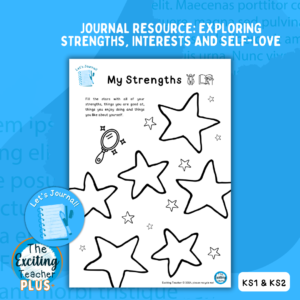
Let’s Journal: ‘My Strengths, Skills and Interests’ – Prompt Sheet
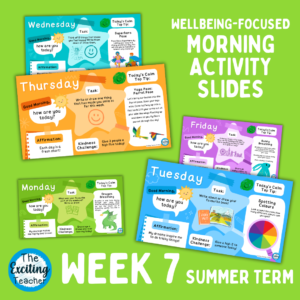
Morning Activity Slides – Week 7 (Summer Term): Emotional Literacy, Wellbeing and Mindfulness Focused
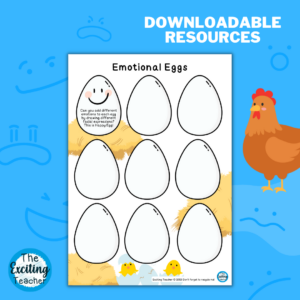
Eggy Emotions: Drawing Your Own Facial Expressions and Feelings
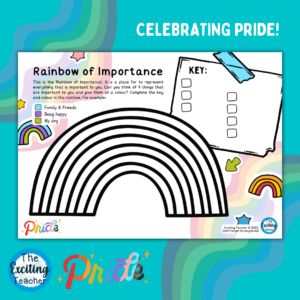
‘My Rainbow of Importance’: What matters to me? Activity for Children

Mindful Pumpkin Doodling Colouring Sheet

5-4-3-2-1 Coping Strategies/ Grounding Techniques A4 Poster (54321)
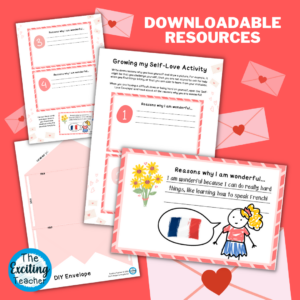
‘Growing my Self-Love’ Activity

World Cup Inspired Football Resources: My Positive Cap

Regulation Zones ‘Feelings’ A4 Check-In Poster
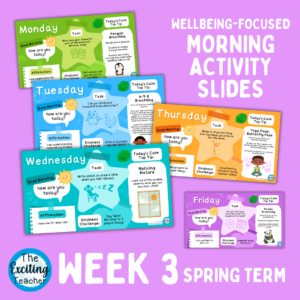
Morning Activity Slides – Week 3 (Spring Term): Emotional Literacy, Wellbeing and Mindfulness Focused
Share this resource:
Request a Resource
Want to request or suggest a resource? Pop us a message below and we will see what we can do. We are not able to respond directly to all requests but be rest assured, we are reading them and constantly updating the resource bank accordingly to all your fabulous ideas!
